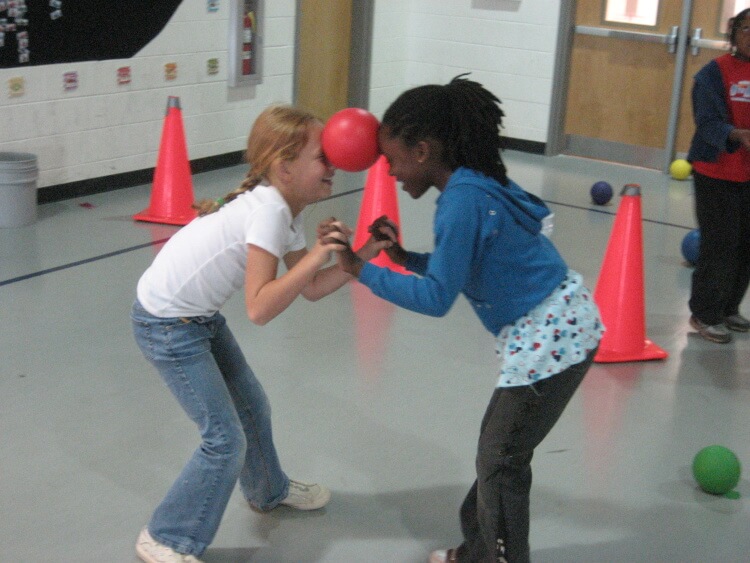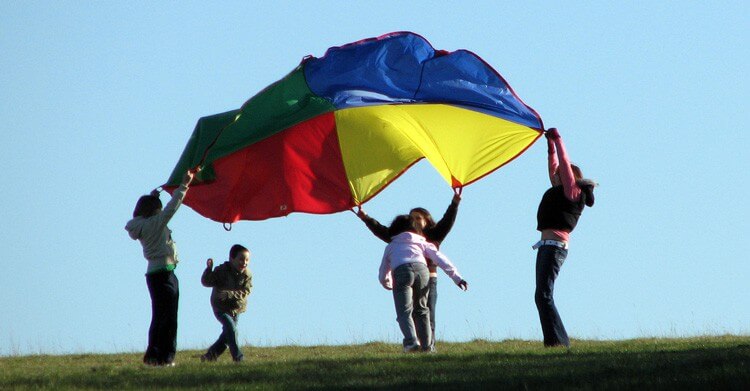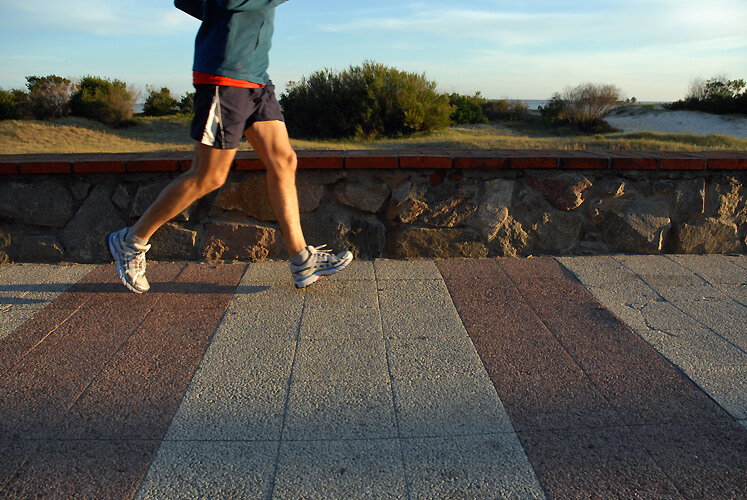Nine years ago while serving on the Board of Directors of NASPE, a high-school teacher asked me for “our position” on secondary online physical education (OLPE). This Southwest teacher was concerned about his school district’s hasty adoption of online learning. He wanted to know more about online learning but felt conflicted. As an award recipient for his effective teaching and service on behalf of the school, department, and state association he said, “I feel like I’m walking a tightrope.” At the time, NASPE had no official position. We realized one was needed! This was a tipping point. The wonders of the digital age and online learning were intersecting with school physical education. More than a few physical education programs and teachers were being asked to transition from traditional, face-to-face teaching, to online instruction.

Subsequently, NASPE published a position paper entitled Initial Guidelines for Online Physical Education (2007). The skinny was that “no published evidence of OLPE learning existed, that OLPE should meet national standards for learning, that a hybrid model was a reasonable instructional alternative until research was available, and that OLPE was an exciting and attractive – yet untested – alternative to delivering quality PE.” Later, NASPE published the paper Appropriate Use of Instructional Technology in PE (2009). Reasonably, NASPE advocated technology as “a tool for learning if used appropriately for instructional effectiveness…that it could supplement, but not substitute, for effective instruction.”
As long as school physical education survives or thrives (see Mike Metzler’s recent pelinks4u essay for thoughts on this), physical educators will always be concerned about what to teach and how to teach. Recently, the Shape of the Nation Report (SON, 2012) reported that 30 states now grant credit for online physical education, however, only 17 states require certified PE teachers. It made me wonder who teaches these courses in the other 13 states? Some futurists predict that by 2020 half of all secondary education courses will be delivered online. If true, before long many school physical educators will be challenged to walk this instructional tightrope.





